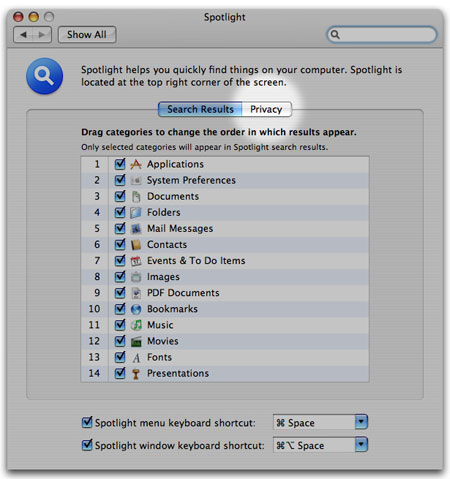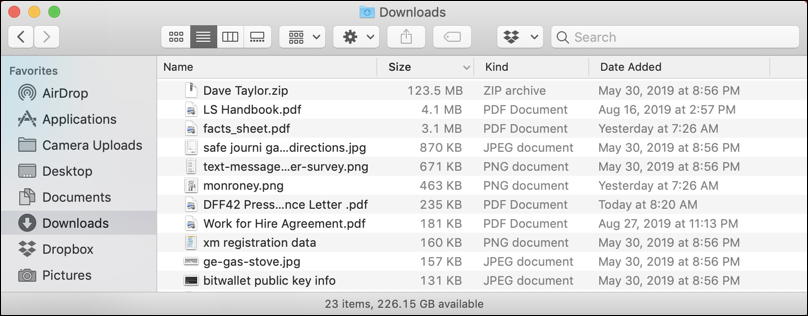


TMP files, it is impossible to tell whether they contain information vital to Though given that there are no specific guidelines on the use or structure of Safely as their contents are only required whilst an application is running,

An example is Microsoft Word, which stores multiple versions ofĪn unsaved word processed documents whilst it is open for backup and recovery Which can be used for recovery purposes should the application terminate May contain information such as incremental backups of an open file or document Backup TMP files are similar in nature, though files are used by a wide variety of applications, and are often destroyed Temporary TMP - commonly referred to as "temp" System memory, and are usually destroyed once they have served their purpose. These are usually cache files created by anĪpplication for the purpose of storing data temporarily on disk rather than in Clearly this is a cache folder.File extension TMP is most commonly used toĭenote a temporary or backup file. > Addendum: After I opened SL2 to work on the same project today, the contents of this folder changed significantly: 2GB of data and 54 folders were deleted. HELP!Ĭan I redirect where SL2 stores temp files (away from my SSD C: drive)? SL2 is overruning my SSD and I can't seem to redirect where temp files are stored. When I saw this article, I thought "that's not where I'm seeing all these temp files" - I have a boatload of what looks like temp folders in %User%/App Data/Local/Temp/Articulate/Storyline - where today I see 57 folders, each with 100's of MBs of data from a project I worked on yesterday - after I did a disk cleanup and rebooted my computer. I found myself searching the internet and this forum for a solution to the amount of hard disk memory Storyline 2 uses and determine which (if any) temp files can be deleted - or if I could move SL2 temp file storage from my SSD (very small solid state C: drive used for system files) to my HDD (D: drive) that has 1 TB of space. I have now made a shortcut directly to that folder that I keep on my desktop so I can go to it on a regular basis and clear out whatever isn't needed anymore. tmp files except for the most recent one for each of my projects and it freed up a lot of room and made my whole system run a lot faster. So if you were working on a file called "my sample story.story" the auto recovery name might look like "my sample story635502380729253410.tmp". This auto recover file is named using a format like this: If there are unsaved pending changes, an auto recover file is created for the project under the /AppData/Roaming/Articulate/Storyline path. Now, go back to your folder window and look for the path: /AppData/Roaming/Articulate/Storyline (it may differ for others but I found it under C:/Users/, then AppData/Roaming/ etc.).Īrticulate staff member, Ashley Terwilliger, mentioned this path in another post about finding auto-recovery files ( ): In the window that pops up, go to the 'View' tab and click the radio button beside "Show hidden files, folders and drives" under "Hidden files and folders", then click 'OK'.
#HOW TO FIND TEMP FILES ON A MAC HOW TO#
tmp files, it does not automatically delete them when newer files are created, so it is a good idea to check that folder on a regular basis and delete old versions that are no longer relevant to keep them from hogging all of your hard drive space.įor anyone who does not know how to find a hidden folder in Windows (I'm using Windows 7), open a folder window and click on the 'Organize' pull-down menu at the top-left of the window and choose, "Folder and search options". It appears that, although Storyline automatically creates the. I finally found the hidden folder that houses the auto-recover files created when Storyline 2 crashes and I was astounded to discover that there were more than 20GB of files in there! That explained why my virtual machine was always using up 3-4 times more space than I thought it should, based on the files and programs I had installed on there.

Just a house-keeping tip that I thought other people might find helpful:


 0 kommentar(er)
0 kommentar(er)
